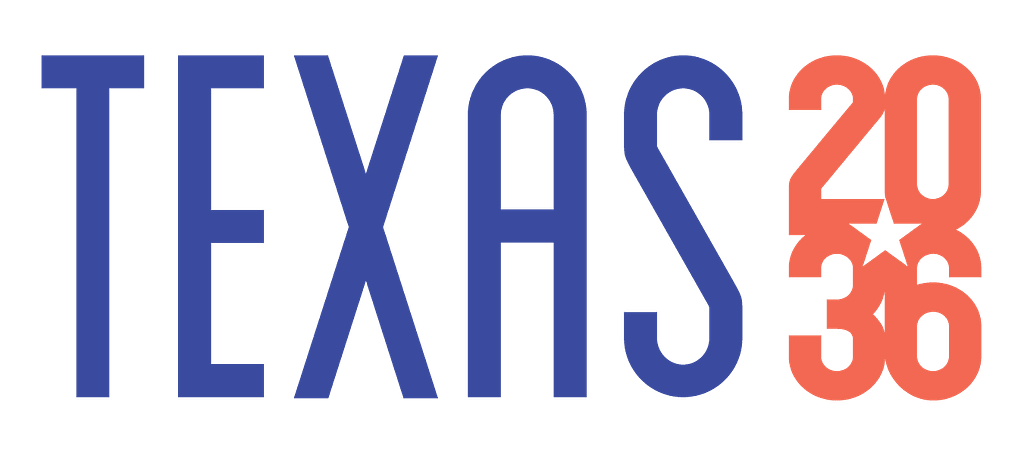STAAR EOC results are in: What you need to know
The Texas Education Agency released today the 2025 results from the State of Texas Assessments of Academic Readiness (STAAR) End-of-Course (EOC) exams. These exams are taken by Texas high schoolers every year in core subjects. Early insights point to significant variation in academic outcomes across subjects, with students making gains in Biology and Algebra but moving in the wrong direction in literacy and U.S. History. Notably, the state’s largest school system, Houston ISD, recorded significant across the board gains on all tests. Taken together, these latest STAAR EOC results highlight areas of progress as well as persistent challenges for Texas high school students.
Key takeaways include:
- Algebra I performance saw a slight increase of 2 percentage points (from 45% meeting grade level to now 47%), with the percentage of students meeting grade level still lagging at 15 points behind pre-pandemic levels. This continued underperformance raises concerns about student readiness for higher-level math and STEM pathways.
- Biology demonstrated a measurable gain, with average scores rising 5 percentage points over last year (from 57% meeting grade level to now 62%), narrowing the gap to just 1 point below pre-pandemic levels.
- English I and English II scores declined, reinforcing concerns about the state’s literacy trajectory and signaling a need for renewed focus on reading and writing instruction.
- U.S. History proficiency dropped again, going from 69% to 68% of students on grade level, marking the lowest performance in the last five years. This sustained decline reflects gaps in civic and historical learning and the importance of continued history assessments.
- Houston ISD is beating statewide achievement growth, with growth across all subjects. Notably, the percentage of students meeting grade level in Algebra 1 increased 17 percentage points to 51% in just two years and 23 percentage points in Biology over the same period.
Texas’ ambitious goal: No. 1 in education
At last week’s House Bill 2 bill signing, Gov. Greg Abbott set a bold and ambitious goal: for Texas to be No. 1 in education. Texas 2036, along with business and community leaders statewide, stands ready to help make it happen. Today’s EOC results offer a clear-eyed look at where Texas students are now, and where we need to improve. These results should drive our next steps, especially in strengthening core subjects like math and literacy that are critical to long-term student success.
“These results underscore the urgency of delivering effective, high-quality instruction in every classroom, particularly in foundational subjects,” said Mary Lynn Pruneda, Director of Education and Workforce Policy at Texas 2036. “When we see progress in some areas and setbacks in others, it tells us where policy and practice need to sharpen focus.”
“You can’t talk about readiness if students aren’t achieving at grade level in Algebra I,” said Gabe Grantham, Policy Advisor at Texas 2036. “The state invested in early numeracy this session and we expect to see it impact outcomes down the road, but these results make it clear, we must do a better job supporting and accelerating middle and high school math achievement.”
A success story in the making in Houston
Houston ISD’s early gains show what’s possible when urgency, strategy and support come together to drive student success. The district’s high school turnaround effort is producing some of the most significant academic improvements seen in recent years. In just two years, STAAR EOC scores have surged with more students meeting grade level expectations: Algebra I is up 17 percentage points, Biology up 23 percentage points, English I up 5 percentage points, English II up 8 percentage points, and U.S. History up 4 percentage points. These results reflect the impact of aligned instruction, clear goals and a relentless focus on student outcomes.
“These results give us a clear picture of where Texas students stand and where we must do better,” said Taylor Landin, Executive Vice President and Chief Policy Officer at the Greater Houston Partnership. “The progress we’re seeing in Houston proves that real gains are possible when schools have the right tools, talent, leadership and focus. Texas students deserve that same urgency and alignment in every classroom across the state.”
Dallas ISD records gains in Algebra scores
Dallas ISD, the second largest public school district in the state, saw a 6 percentage point increase in the number of students on grade level in Algebra 1, now matching the statewide average of 47% of students on grade level. The district also saw gains in Biology and U.S. History, but had stagnant or declining performance in English.
“Talent is the engine of our economy, and that starts in the classroom,” said Jarrad Toussant, Senior Vice President at the Dallas Regional Chamber. “Texas has the potential to lead the nation in talent development. To get there, we must ensure every student is building the skills they need to thrive in tomorrow’s workforce.”
Next week’s release of STAAR results for grades 3 through 8 will provide a more comprehensive view of student performance across the full K–12 continuum.
